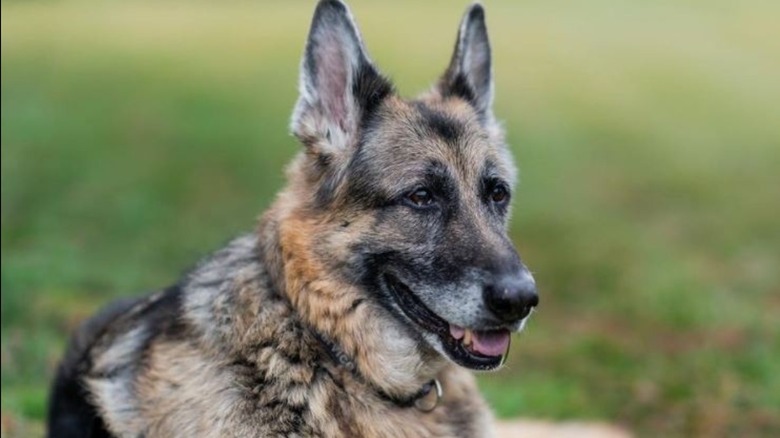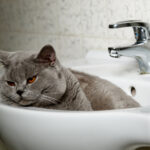
Cats and Sinks: a Love Story

Dr. Andrea Y. Tu, a veterinarian and an animal behavior specialist, explains that house cats are located in a special position in the food chain. They are great hunters and can capture their own prey, but they are also small enough for bigger predators to hunt. This hunter/prey position they’re in leads them to find comfort in high places that are small yet stable. The height gives them a great vantage point so they can be on the lookout for anything they might want to hunt but also keeps them away from anything that might want to hunt them. The solid ground means it’s easier for them to leap out at a moment’s notice (to either escape or attack).
Oh, THAT’S why!
Now think about your sink. It’s elevated from the ground, it’s small and cozy, and it’s sturdy enough to support the weight of a human (let alone a cat). This makes it an ideal hangout for your kitty! From this tower of dominance, your cat can easily hunt the bar of soap in your shower or keep away from the vicious predator that is your vacuum cleaner. Sinks have become so popular with cats, there are even fake sinks for your cat you can buy online! You install one next to your personal sink so you and Mittens don’t have to share one.
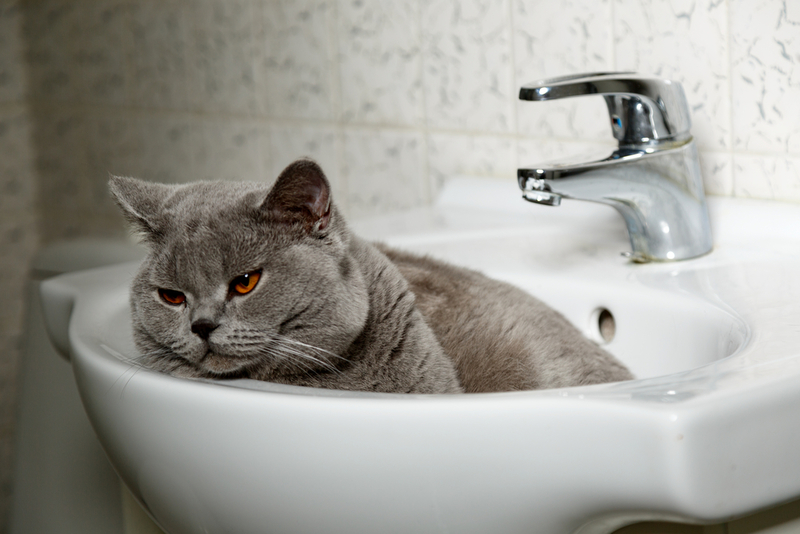
Dr. Tu adds that cats love sinks because of their body temperature. You see, cats have a higher temperature than humans’. This means they favor places that can help retain that temperature. Concave sinks help cats conserve the body heat they lose.
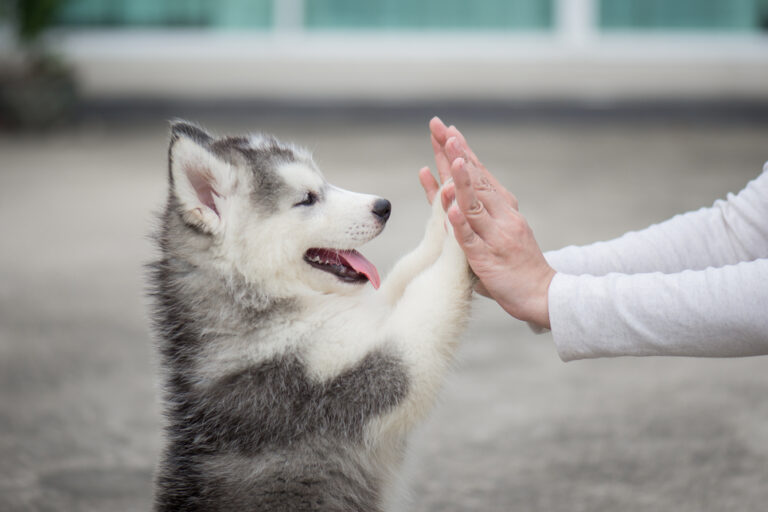
Training Techniques That Will Make Your Dog the Perfect Companion
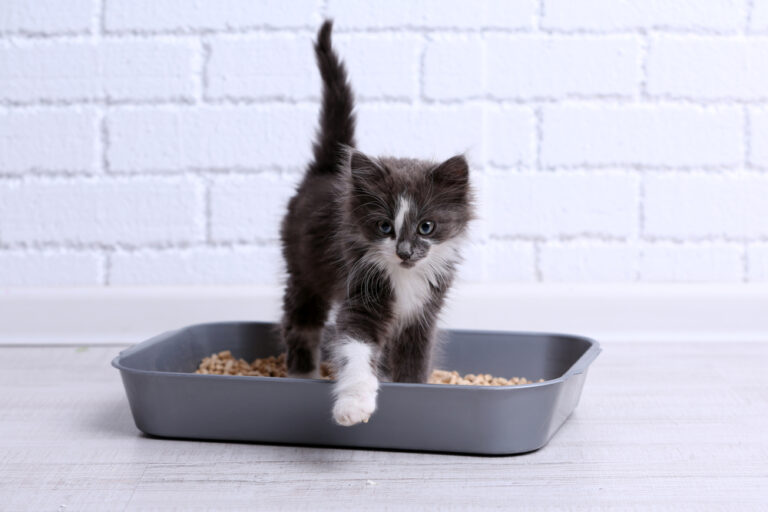
Read This if Your Cat Is Having Litterbox Trouble
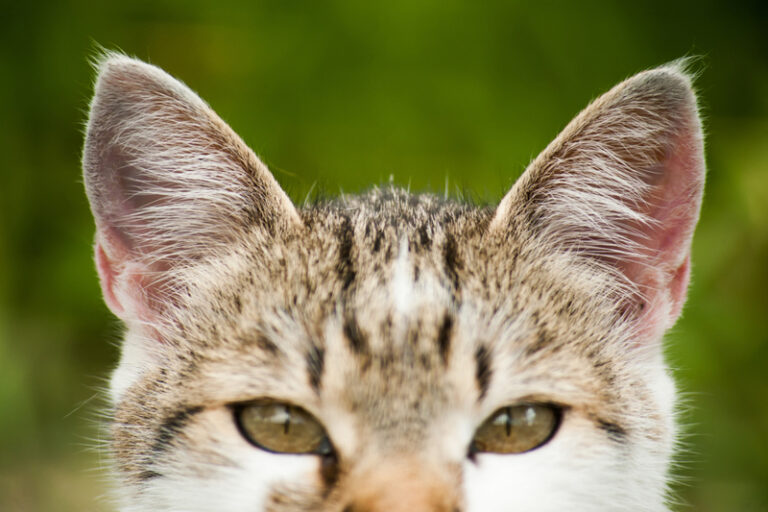
Researchers Say There Are 5 Types of Cat Owners

Most Dangerous Species on the Planet
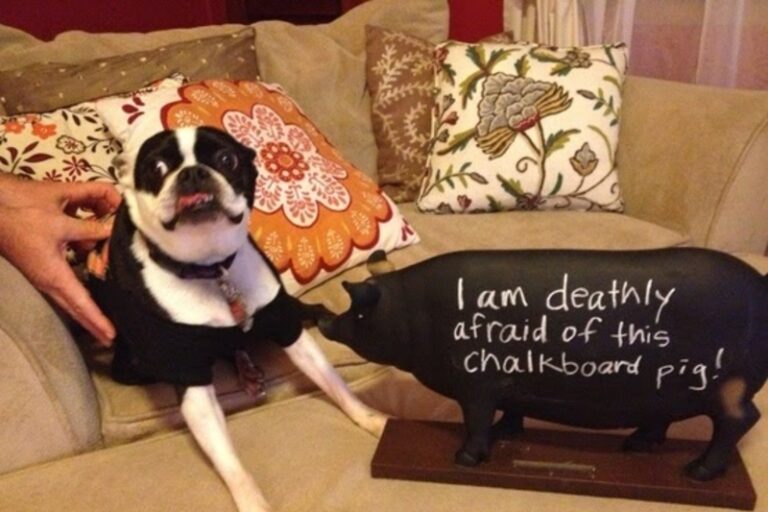
More Adorable Dogs Who Got Caught Being Not-So-Good Boys
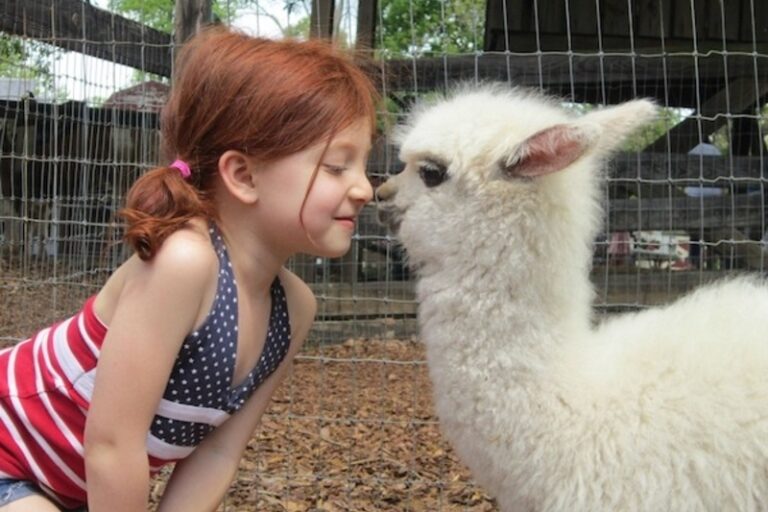
Cuteness Overload: These Babies With Their Furry Friends Will Melt Your Heart
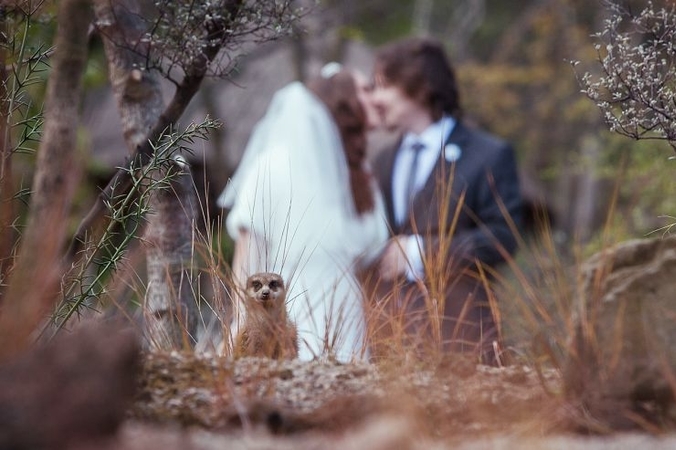
More Hilarious Animal Photobombs That Will Have You on the Floor Laughing

Hilarious Puppy Photos That Will Make Your Day
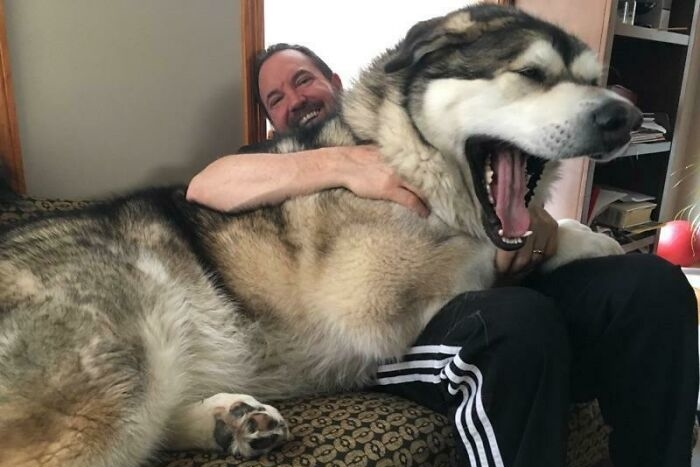
From Great Danes to Saint Bernards, Do These Dogs Know How Big They Are?
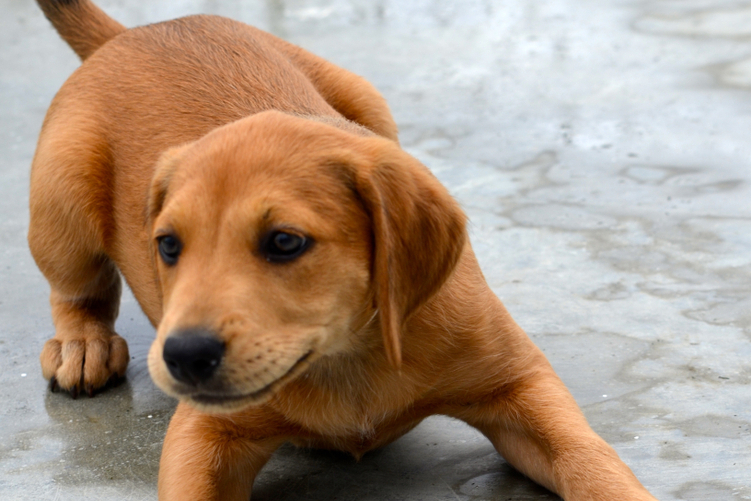
The Hidden Meaning Behind Your Dog’s Behaviors








